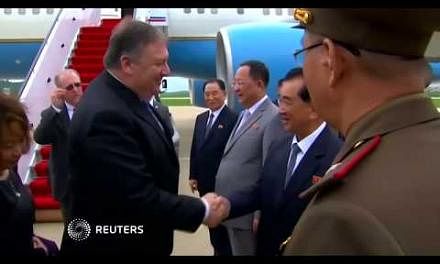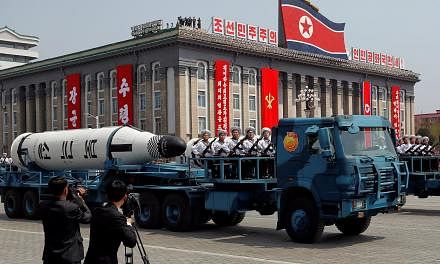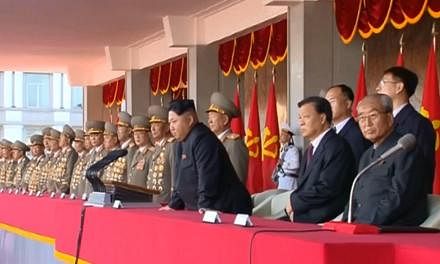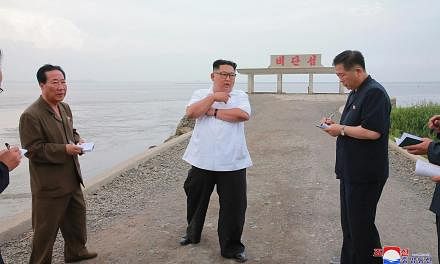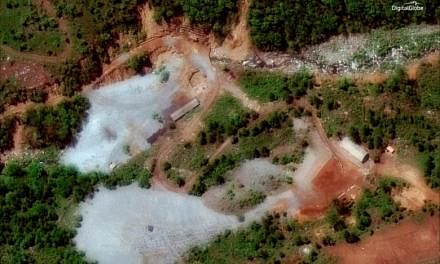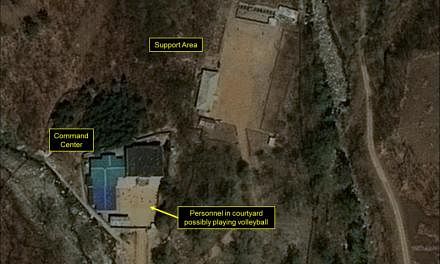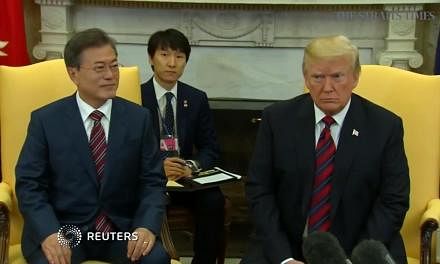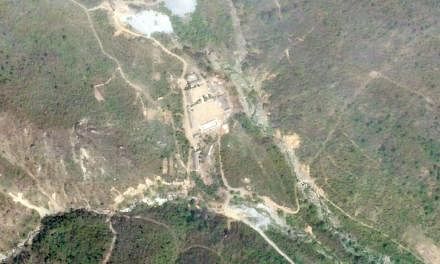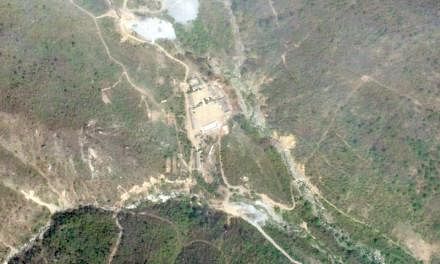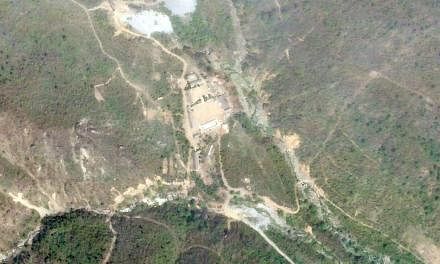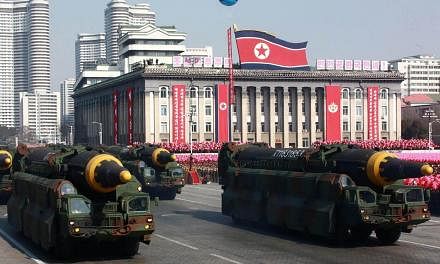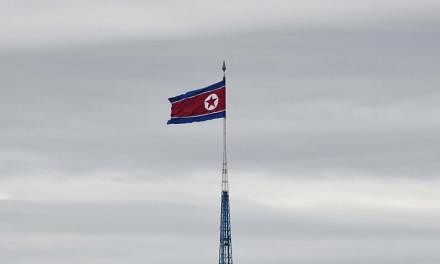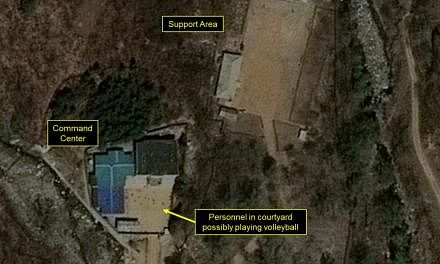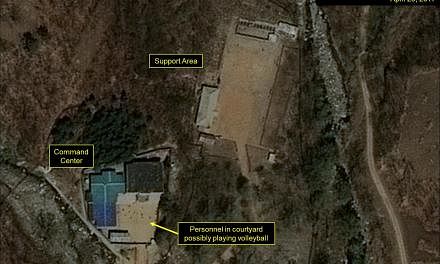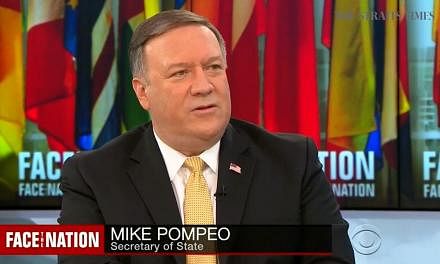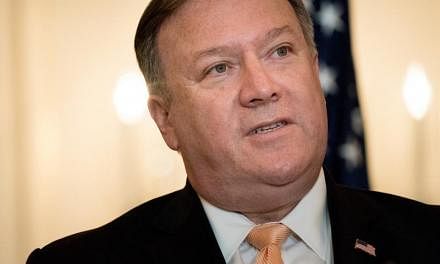WASHINGTON (NYTimes) - The United States and its allies have not shot down any North Korean missiles because Pyongyang has yet to launch one that directly threatens US or Japanese territory, Defence Secretary James Mattis has said.
But he said that could change. North Korean missiles have been falling "in the middle of the ocean", Mattis said on Monday (Sept 18).
"Were they to be aimed at Guam, or US territory, that would elicit a different response."
The defence secretary also said he believed that the United States had found military options to handle the nuclear crisis on the Korean peninsula that would not put the South Korean capital, Seoul, at grave risk, though he refused to elaborate on what those might be.
Most military experts believe that because Seoul is only 56km from the demilitarised zone along the border between North and South Korea, the city and its more than 10 million inhabitants would be put in Pyongyang's immediate cross hairs for retaliation if the United States made a pre-emptive strike on the North.
As a first strike would be unlikely to eliminate all of North Korea's conventional and nuclear weapons - not to mention its chemical or biological ones - US policymakers have traditionally held the view that a pre-emptive strike would likely put an untenable number of civilians at risk.
US officials also do not have high confidence that the military could find and destroy North Korea's entire arsenal of long-range missiles and nuclear warheads. It would then be up to US missile defences to knock out any that survived and that North Korea might use to attack the United States or its allies.
Even a limited strike - on, say, a North Korean missile on its launchpad or a missile in midair - would pose risks that the North's leader, Kim Jong Un, might retaliate, setting off a spiral of escalation that could plunge the Korean peninsula into war.
Mattis would not say how the United States might bypass that risk while exercising military options.
"I won't go into detail," he told reporters at the Pentagon during an unannounced news conference on Monday. He also declined to say specifically whether those options would be "kinetic" - military-speak for lethal force like bombings, air strikes or ground combat.
Military experts said options that might not prompt immediate retaliation against Seoul could include cyber warfare, or even an assassination attempt on Kim - though such an attempt would have to be successful. Other potential options are a naval blockade of North Korea, or a deployment of additional troops to the region.
But signs that the United States is preparing a military option in North Korea - like a repositioning of military assets or an evacuation of US citizens in the region - have not appeared.
Mattis also said he believed that North Korea, which most recently launched two missiles that flew over Japan, was deliberately carrying out tests that came as close as possible to provoking the United States, without eliciting a military response.
His comments come as the Trump administration has struck an increasingly bellicose tone towards Pyongyang in the face of a sharply accelerated pace of missile tests from North Korea.
But on Monday, Mattis said he believed that diplomacy and sanctions were managing to put pressure on Pyongyang, which he said was finding itself increasingly isolated.
Mattis cited as proof a recent decision by the Mexican government to declare the North Korea ambassador there "persona non grata" - a move which essentially expelled him from the country.

